Finance Calculations and Project Evaluation
VerifiedAdded on 2019/09/22
|5
|330
|125
Homework Assignment
AI Summary
This document presents solutions to finance problems involving the calculation of payback period, net present value (NPV), and internal rate of return (IRR) for project evaluation. It also covers the time value of money, including present value and future value calculations using both discounting and compounding cash flow methods. The solutions are supported by excel calculations, demonstrating the application of financial formulas and concepts. The document also includes a discussion on factors influencing project selection, emphasizing the importance of positive NPV and IRR exceeding the required rate of return.
1 out of 5
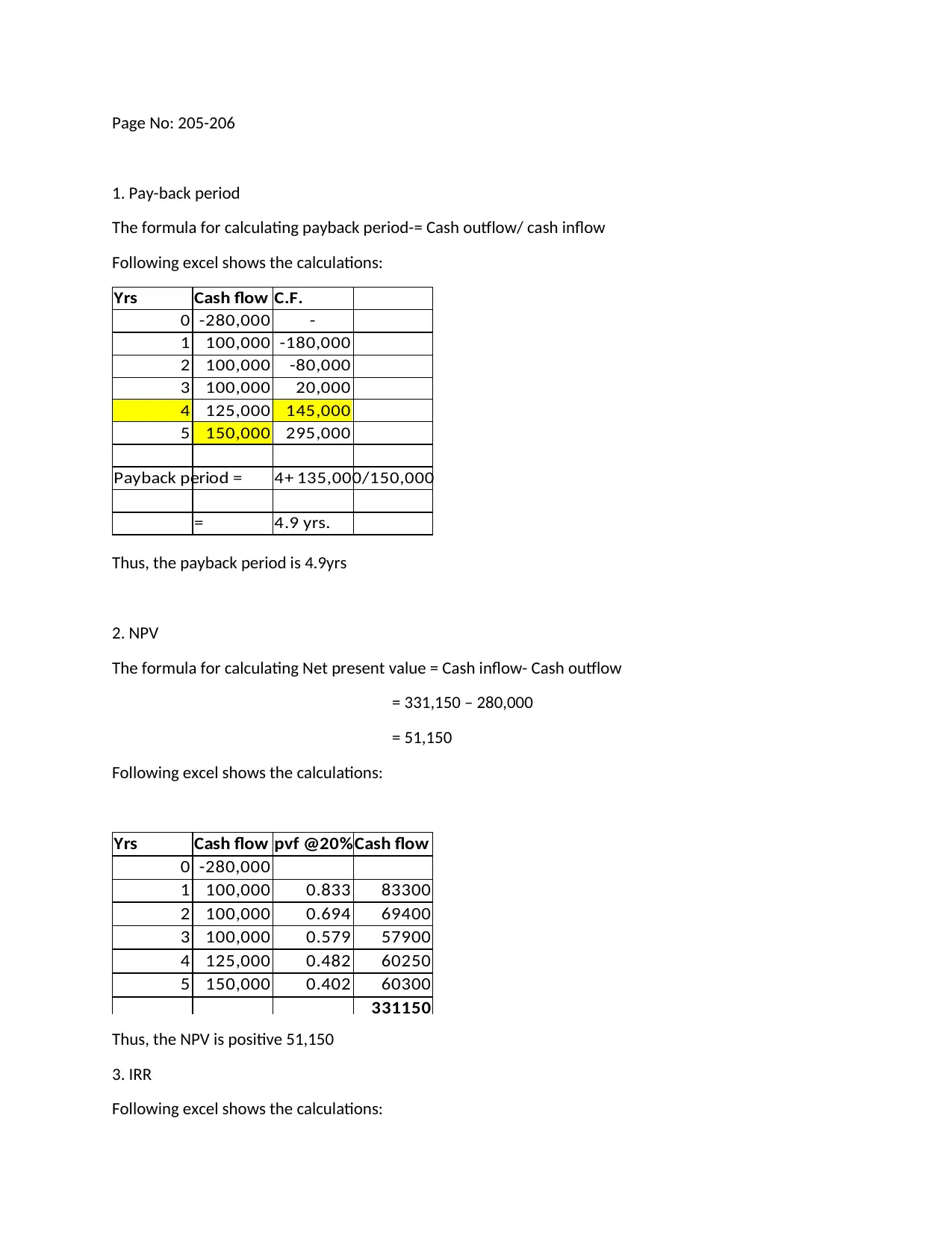
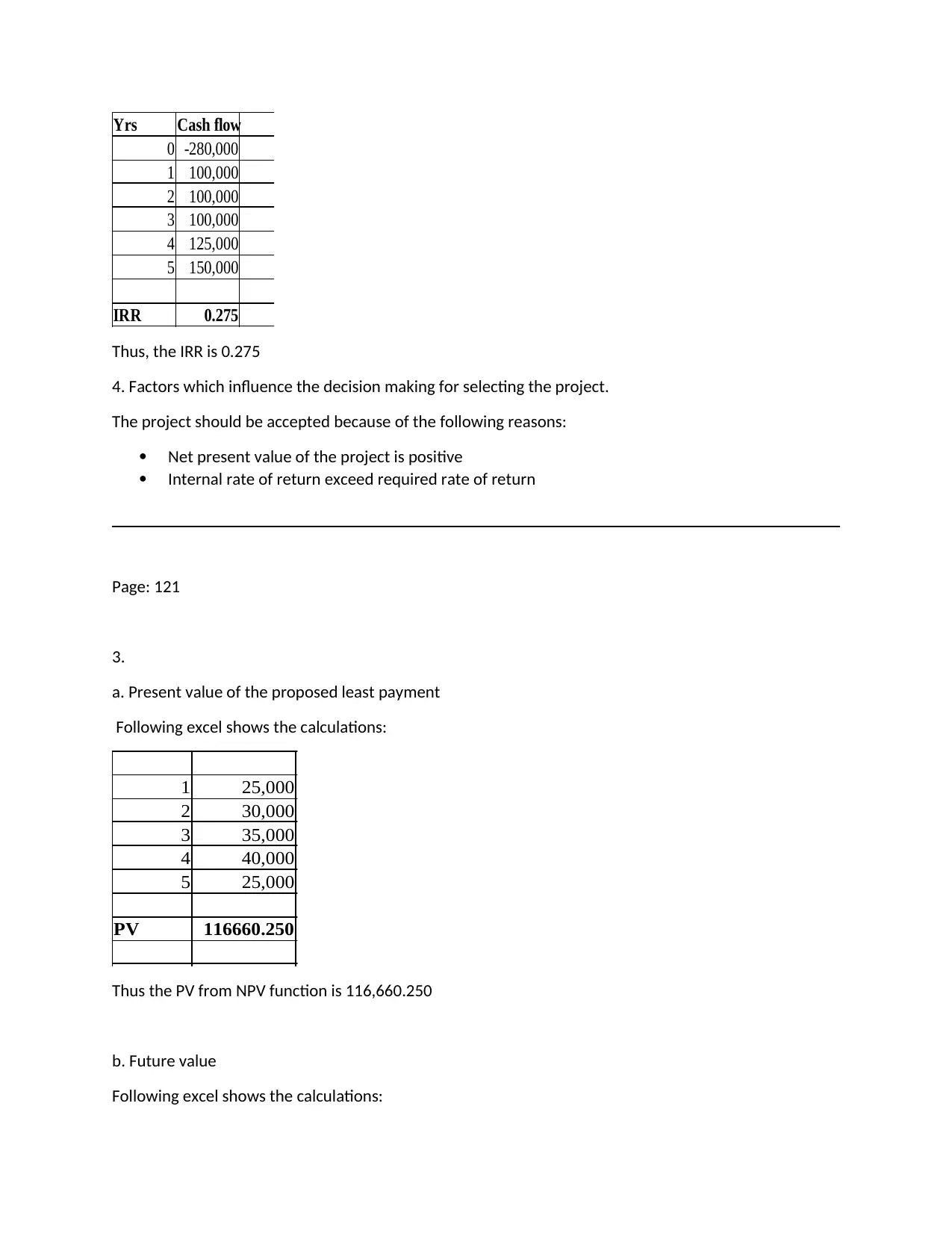
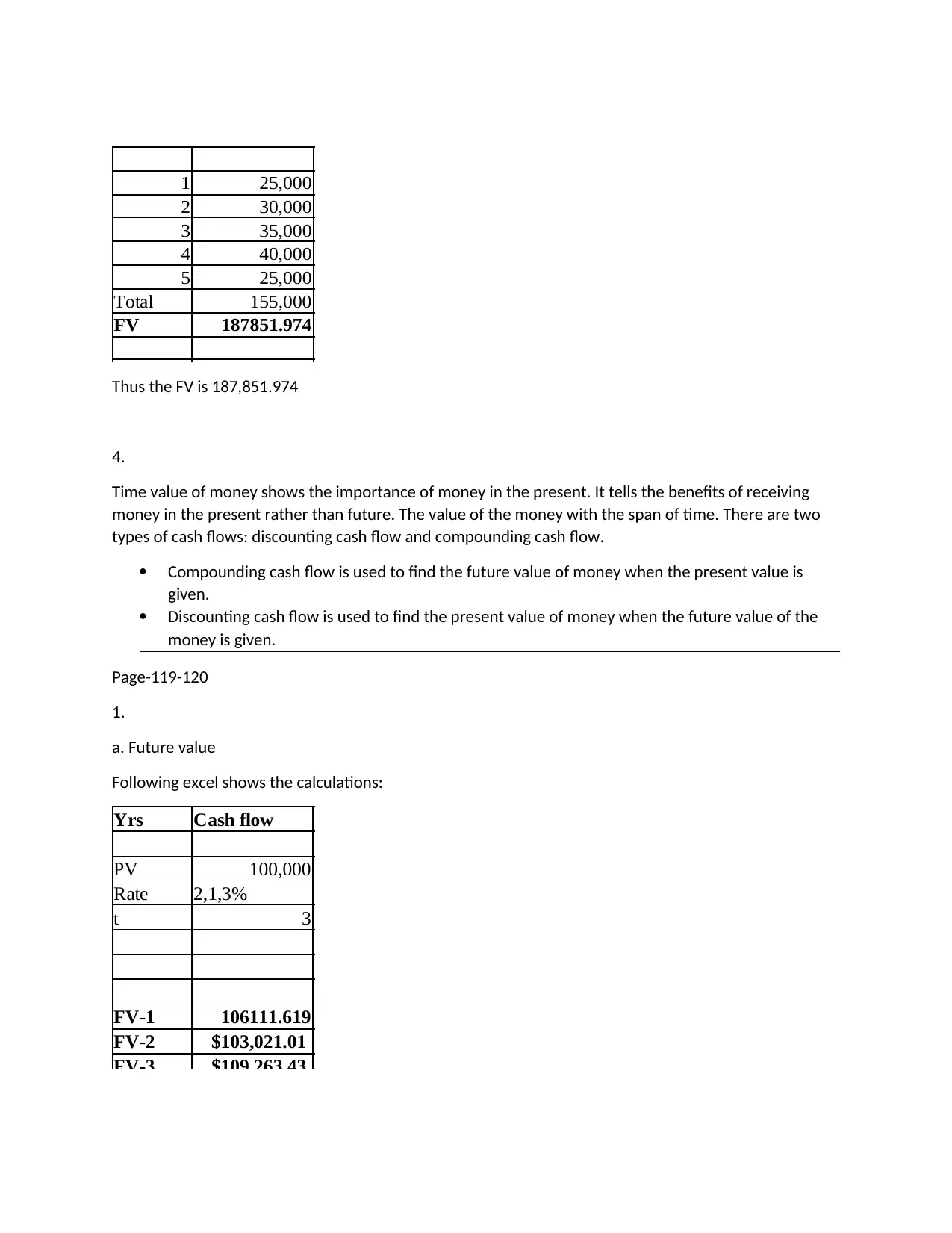

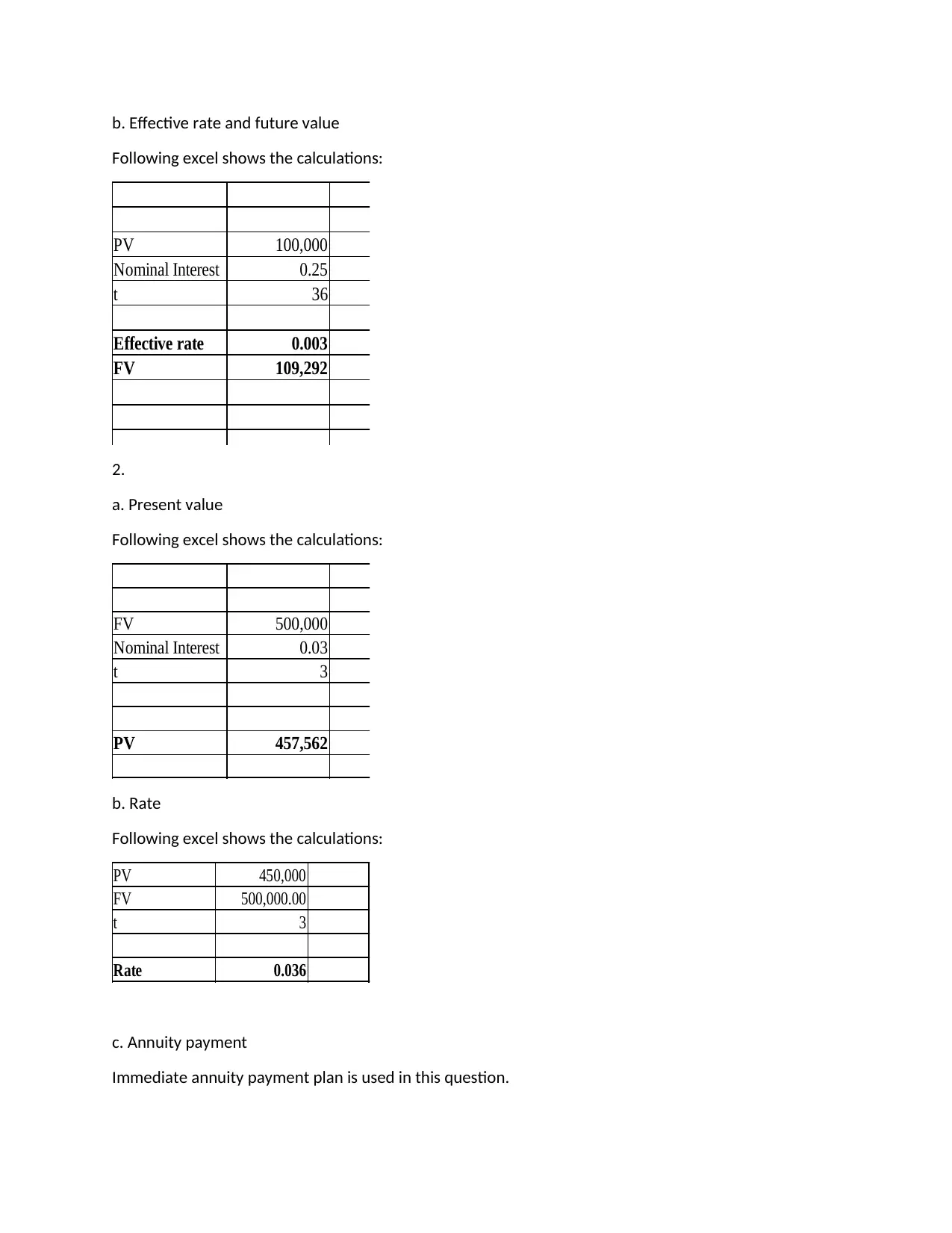
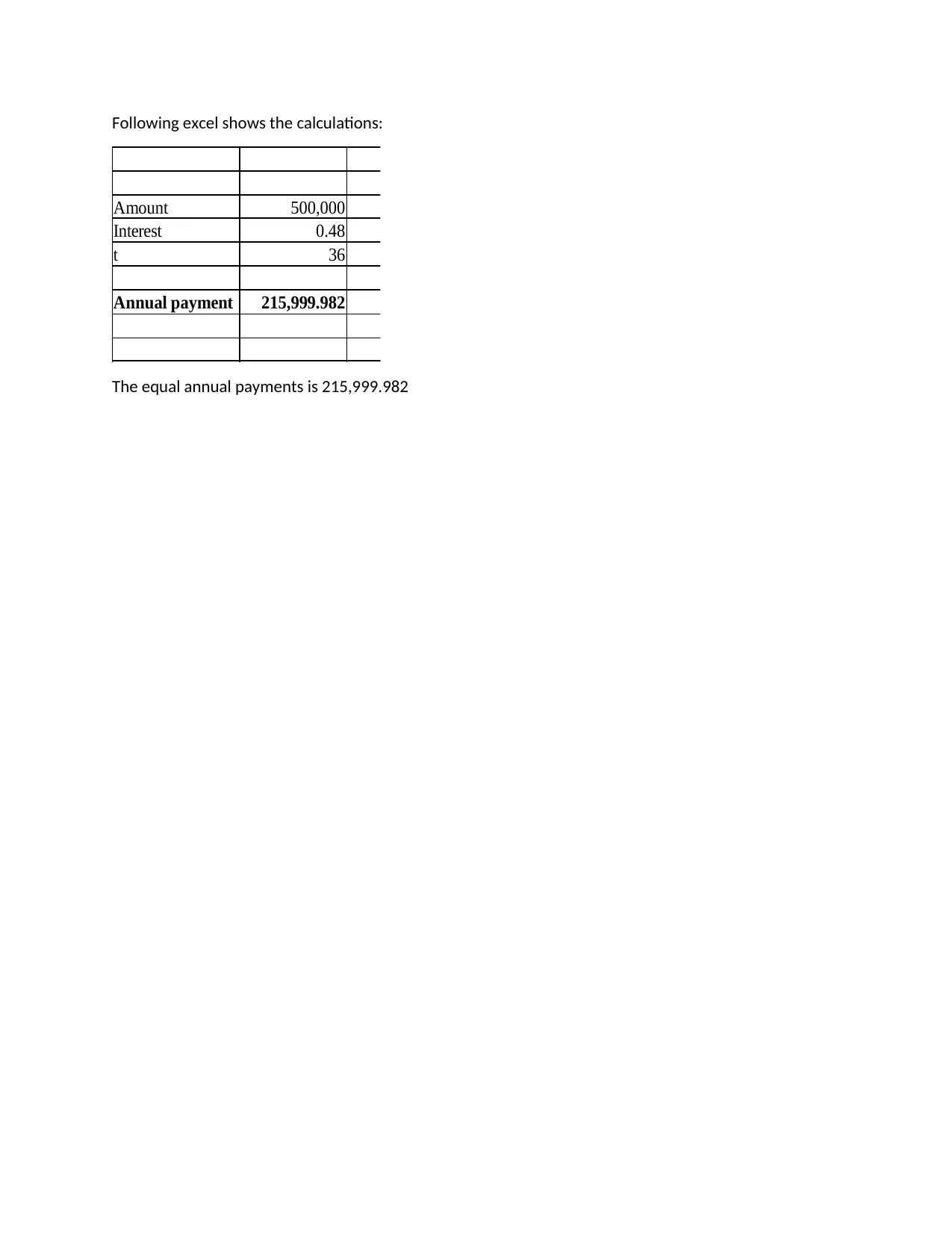






![[object Object]](/_next/static/media/star-bottom.7253800d.svg)